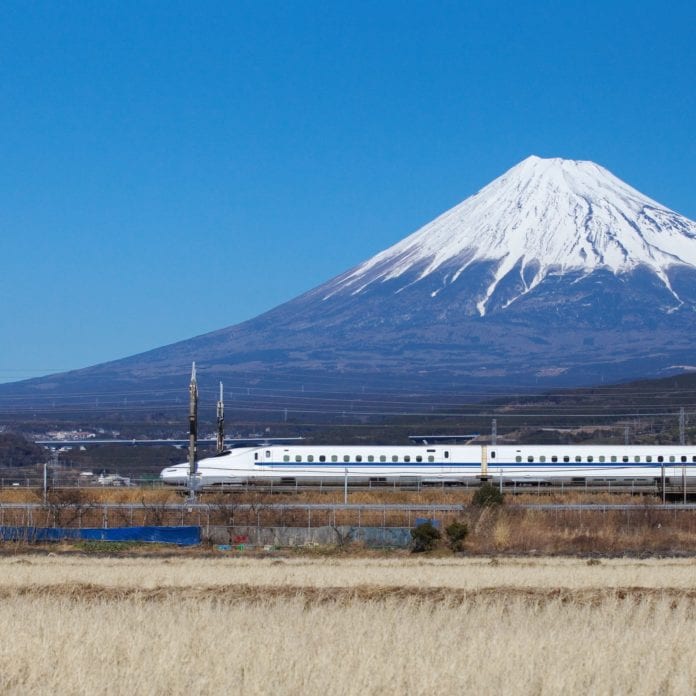Equipment malfunction affected million of customers, related services
Japanese mobile telco operator KDDI said on Tuesday its network is back up and running, after the carrier experienced a nationwide system failure affecting millions of customers over the weekend. KDDI blamed equipment failure for the problem – specifically, Voice over LTE (VoLTE) traffic congestion was disrupted “due to a facility failure before dawn” on Saturday, July 2nd. To mitigate, KDDI took measures to reduce load on the VoLTE switch and correct what it referred to as “data inconsistencies.”
In all, nearly 40 million users were affected by the outage, which disrupted voice communications, prevented users for accessing online services, and disrupted services dependent on KDDI infrastructure ranging from weather data to ATM networks.
In a news conference on Sunday, KDDI President Makoto Takahashi expressed regret at KDDI’s failure, the biggest in the carrier’s history, he said. By mid-morning Sunday, KDDI had restored most service, but getting all the other issues sorted took the company significantly longer.
KDDI’s nationwide failure notwithstanding, the company has made several efforts this year to bolster and expand its 5G Standalone (SA) efforts, especially with network disaggregation. The Japanese government, like many, is taking a keep interest in Open RAN and virtual RAN (vRAN) efforts as an issue of national security. Proponents see the technology as a way to make critical national infrastructure like telecommunications less dependent on single vendor sources for vital equipment – particularly gear made in China.
Open RAN efforts in Japan are happening concurrently with efforts to upgrade the entire nation with 5G service. The government hopes to see 95% of the Japanese population with 5G service by March 2024, with total buildout by 2030. So far, Japan’s 5G buildout has been concentrated in the nation’s most populous urban areas, but still only reaches about 30% of the population. Nokia said last December KDDI would use Nokia’s 5G Core and Converged Charging software to evolve its network to 5G Standalone. Nokia’s core tech will automate KDDI’s network lifecycle management, also deploying 5G monetization and data management software solutions.
Last December, the government of Japan also announced plans to set up a wide area experimental network with Open RAN, tapping KDDI rivals NTT Docomo and Rakuten for help. The government designated Yokosuka Research Park in Kanagawa prefecture south of Tokyo for the new efforts. KDDI’s O-RAN efforts are going full speed ahead in the interim, however.
In February, Wind River noted that KDDI had used Wind River Studio for its O-RAN–compliant 5G Standalone virtualized base station technology. In March, KDDI said that it had activated the first commercial 5G Standalone (SA) O-RAN site in Japan. HPE said its server used for the virtualized base station is designed for O-RAN and vRAN workloads, and is optimized for edge applications that require high bandwidth and low latency.

